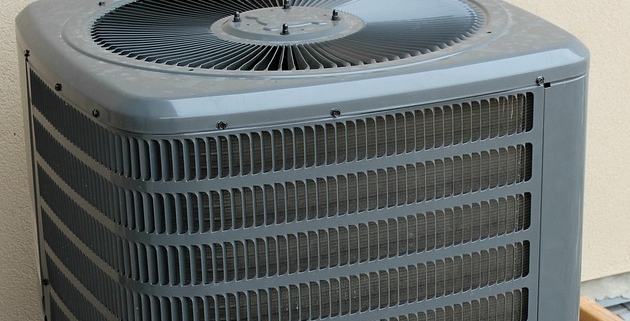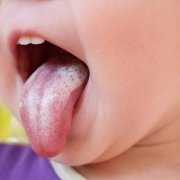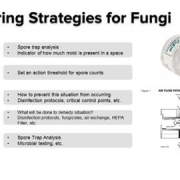Your Air Conditioning Unit Helps Eliminate Mold
With all the rain and snow this winter, many homes will have moisture issues. Damage from snow and winds to the roof, and water in the basement are big problems. And, in the summer, humidity creates a moist environment for mold and dust mites to thrive. Thankfully, your air conditioning unit helps eliminate moisture (think mold) in your home.
That is, if you keep it clean and serviced! Otherwise, you are spreading the mold that can grow inside your AC system. Mold in your heat and air conditioning system, including ducts, vents, humidifiers and the operating units themselves, is not always a top priority. It should be!
Moisture Prevention is the Key
We all know to check out prime areas of our home for mold. Those spaces most likely to wet are the kitchen, bathroom, and appliances themselves. Other problem areas also include behind and under appliances, furniture, wallpaper and piles of ‘stuff’. It’s time to add the HV/AC to your suspect list.
Things to Know about Keeping your Air Conditioning (AC) System Healthy
- Keep air ducts mold-free for healthier air to have fresh air. Neglecting to regularly maintain your air conditioner can prevent it from working effectively, which can lead to mold growth. For instance, if air filters are not changed regularly, the backup can cause airflow to be obstructed. Filters should be cleaned or replaced at least once a month during the summer. It’s best to call an AC technician once a year. A service professional can handle more complex maintenance, such as cleaning coils and checking that the condensation drains properly and that drain pains are free of mold. Simple precautions like these can prevent the cost of mold removal, as well as major repairs to your air conditioner.
- Many kinds of mold will grow well when conditions are between 60 and 80 degrees Fahrenheit — the our best range!. Combine these temperatures with excessive moisture and you could have a mold problem in your home. During the hot, humid summer months, set your air conditioner to between 68 and 72 degrees Fahrenheit. The relative humidity in your house should not exceed 50 percent (preferable lower).
- Your air conditioner can control the temperature and humidity in your home, which can prevent mold growth. While most modern air conditioners dehumidify as they cool, they do not independently control both temperature and humidity. So you may want to purchase a stand-alone dehumidifier for when conditions are especially humid.
- Your air conditioning unit helps eliminate mold if you set the fan to ‘auto’. Setting it to ‘on’ can cause moisture produced during the AC process to be blown back into your home
- Additionally, when you purchase a new air conditioner, buy one with enhanced moisture removal. Make sure you buy the size you need. One that is too big will fail to effectively remove humidity. The unit can’t reach its full capacity in the first three minutes of operation. Therefore, it has a shorter on-cycle and a shorter amount of time when moisture is removed.
So, combat mold growth in your home with your healthy air conditioner!

 Image by
Image by 
 organicfacts.net
organicfacts.net  Cannabisindustryjournal.com
Cannabisindustryjournal.com 



